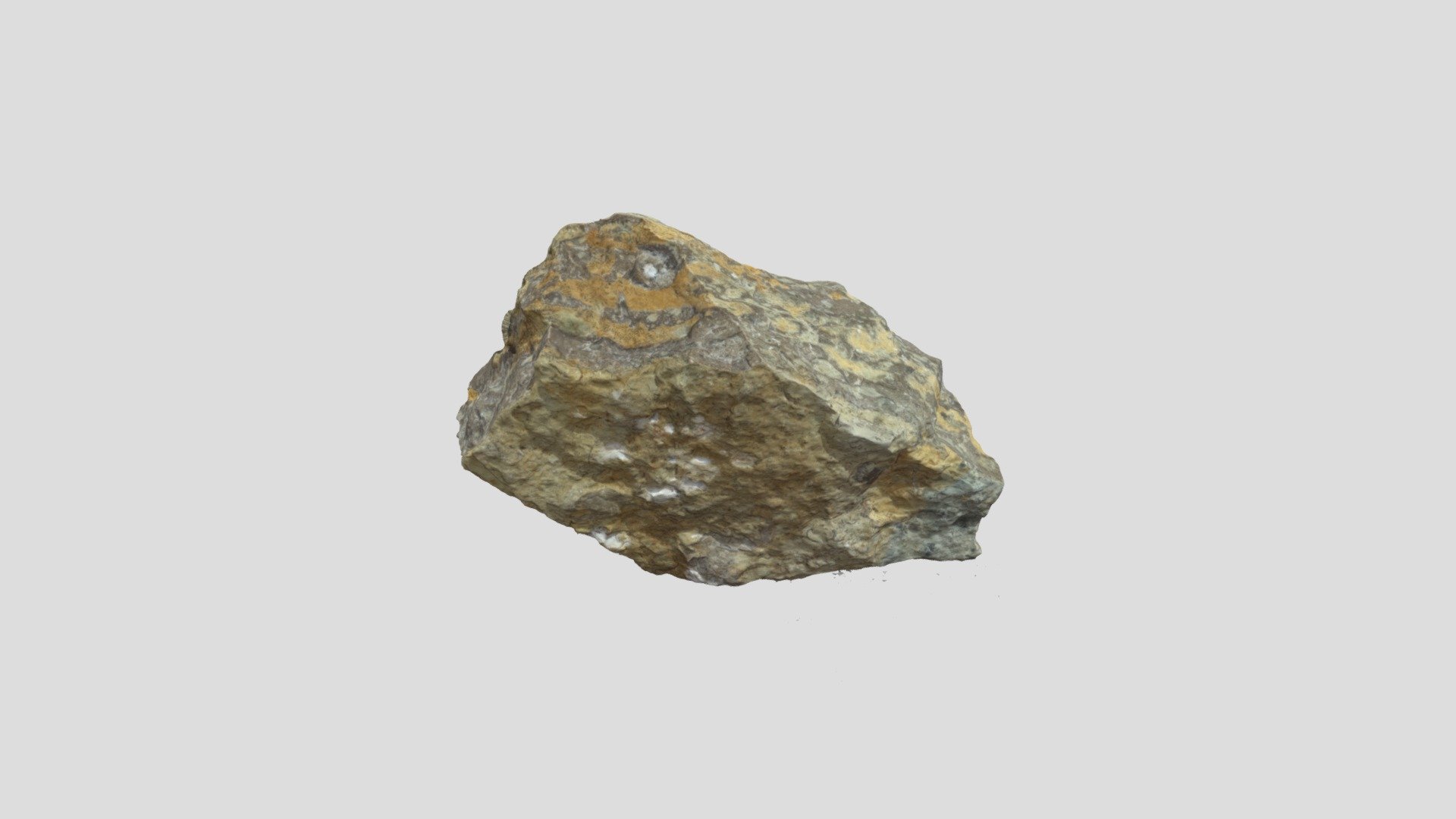
Sample LMS2
sketchfab
The Formation of Sedimentary Rocks and Landforms: A Comprehensive Study Sedimentary rocks are formed through the accumulation and compaction of sediments, which can originate from a variety of sources including erosion, weathering, and biological activity. These sediments are then transported by natural forces such as wind, water, or ice to a new location where they are deposited. Over time, the weight of overlying sediment layers causes the lower layers to compress, eventually forming a solid mass known as sedimentary rock. The type of sediment that is present and the conditions under which it is compressed determine the characteristics of the resulting sedimentary rock, including its texture, color, and mineral composition. Sedimentary rocks can be classified into three main types: clastic, chemical, and organic. Clastic sedimentary rocks are formed from the accumulation of fragments of pre-existing rocks or minerals, while chemical sedimentary rocks are created through the precipitation of minerals from a solution. Organic sedimentary rocks, on the other hand, are composed primarily of plant and animal remains. In addition to their composition, sedimentary rocks can also be characterized by their structure, which refers to the arrangement of individual grains within the rock. Common sedimentary structures include cross-bedding, which is created when sediments are deposited in a series of layers at an angle, and ripple marks, which form when water flows over a surface. The study of sedimentary rocks and landforms provides valuable insights into the geological history of an area, including information about past environments, climates, and landscapes. By examining the characteristics of sedimentary rocks and structures, geologists can reconstruct the sequence of events that led to their formation, ultimately shedding light on the region's complex geological story.
With this file you will be able to print Sample LMS2 with your 3D printer. Click on the button and save the file on your computer to work, edit or customize your design. You can also find more 3D designs for printers on Sample LMS2.
